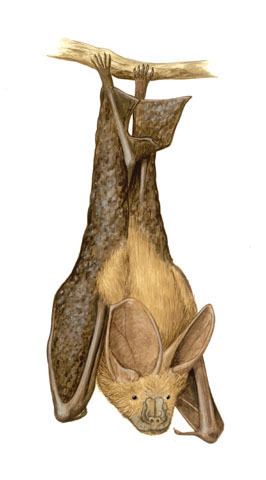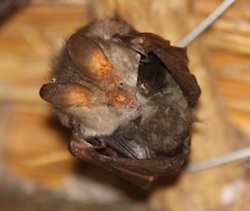Order Chiroptera Genus Nycteris Higher classification Nycteris | Phylum Chordata Family Nycteridae Scientific name Nycteris thebaica Rank Species | |
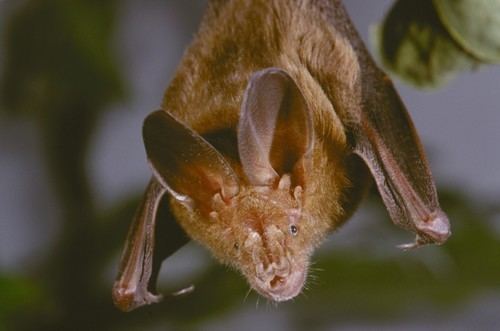 | ||
Similar Nycteridae, Bat, Mammal, Sundevall's roundleaf bat, Geoffroy's horseshoe bat | ||
The Egyptian slit-faced bat (Nycteris thebaica) is a species of slit-faced bat broadly distributed throughout Africa and the Middle East. It is a species of microbat in the family Nycteridae. There are six known subspecies.
Contents
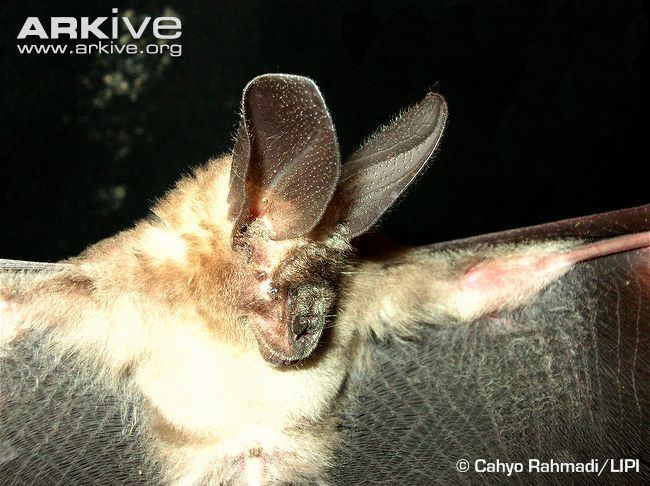
Description

Egyptian slit-faced bat gets its name from a deep slit that runs from the base of the ears to the nostrils, between the nose-leaves. The bats typically weigh between 6.5–9.7 g (0.23–0.34 oz), with females weighing up to 11.5 g (0.41 oz). The wings are broad, with a wingspan of 283 mm (11.1 in) and a low aspect ratio, allowing for high maneuverability and the ability to hover close to the ground.

The is dusky to reddish brown on top, while the underside is white to whitish gray. This bat has lighter fur than other members of the nycterid family. It has a long tail, reaching to 61 mm (2.4 in).
Distribution and Habitat
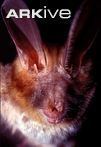
This species is able to thrive in a variety of tropical and temperate habitats throughout Africa and the Arabian peninsula. It can live in widely diverse habitats, including forests, caves, deserts, savannas, shrublands, and grasslands.
Reproduction
The uterine horns open into the vagina through separate vaginal canals, forming a uterus duplex. The placenta also lacks a hemophagous area, which aids in endocytosis and digestion of erythrocytes. The gestation period varies depending on climate, lasting 2–3 months in tropical areas while going up to 5 months in temperate climates. At birth, the young weighs about 50% of the mother’s weight. The females will carry the young between roosts to keep offspring safe from predators.
Physiology
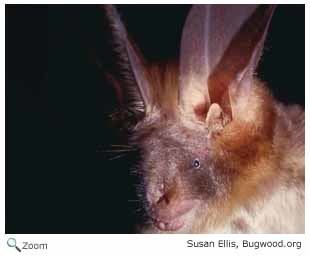
Unlike most bats, N. thebaica is not heterothermic, displaying no evidence of hibernation or torpor behaviors. One explanation for this might be that hibernation makes N. thebaica highly vulnerable to predation. In particular, the large slit-faced bat is known to prey on roosting Egyptian slit-faced bats.
Behavior
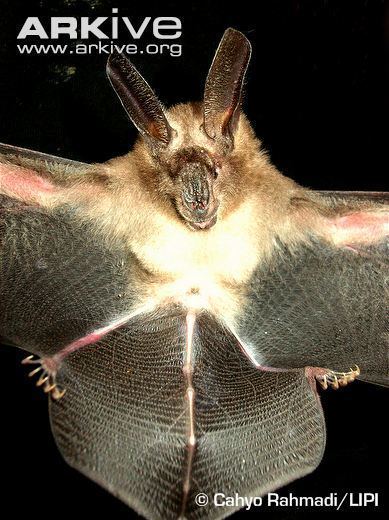
Egyptian slit-faced bats will form roosting colonies from a few to thousands of other members. Because they can maneuver in crowded habitats, they are able to occupy caves and holes that cannot be accessed by other bat species. While the bats will form a communal roost, individuals will not huddle together to conserve energy and warmth. They occupy two roosts, using the daytime roost to rest, while only spending a few hours in the night roost before going out to forage. They have a long night foraging period, with nightly foraging times lasting several hours.
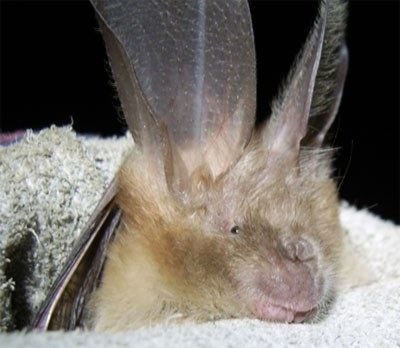
The bats use high frequency and low intensity echolocation calls to locate prey. The low wing loading and low aspect ratio allows them to hover and swipe prey from the ground or from the tops of trees. It is a generalist-opportunistic feeder, meaning it consumes a wide range of prey, according to prey availability and season. It primarily consumes insects. Its flexible diet allows it to thrive a wide variety of habitats.

Nycteris thebaica is observed to have a relatively long lifespan, with captured females surviving at least five years. While juvenile bats have a high mortality rate, after the first year they have a very high rate of survival.
Subspecies
